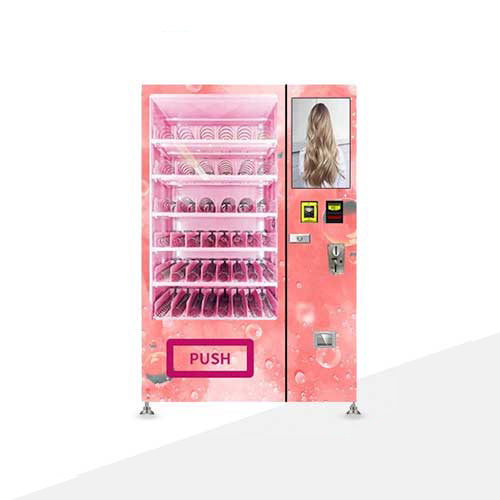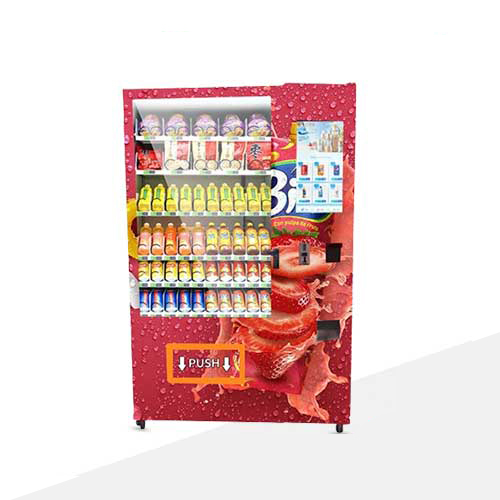
Navigating Challenges: The Unmanned Retail Landscape Amidst Economic Shifts
This year has indeed been a challenging one, and many have deeply felt its impact. Over the past two years, a confluence of factors such as economic crises, trade wars, and the pandemic has profoundly affected various industries, including unmanned retail. Economic downturn, aging populations, and reduced youth demographics are realities we must confront. In this unique year, where spending habits have shifted, impacting the fast-moving consumer goods market, unmanned retail, primarily focused on such goods, faces varied influences across different scenarios and models.
The pandemic has hit tourist spots, amusement parks, cinemas, and similar venues, with restrictions or closures leading to a decline in foot traffic and affecting sales data for unmanned vending machines in these locations. However, places like factories, hospitals, schools, and corporate entities, as long as they remain operational, see minimal impact on the sales data for unmanned vending machines. These locations, relatively enclosed and with less commercial competition, have consistently been focal points for major operators. After all, the unmanned vending machine industry is a form of offline physical retail, making the selection of location crucial.
Communities present a unique situation. Before the pandemic, unmanned vending machines placed in communities didn't show impressive overall sales. This was because the effective customer density in communities, primarily consisting of the elderly and homemakers, had little interest in unmanned vending machine shopping. However, the pandemic altered the landscape of unmanned retail in communities. Due to concerns about crowd gatherings, many people began self-service shopping at unmanned vending machines in communities, leading to the successful operation of these machines. In reality, people's shopping habits need gradual cultivation, and once habits are formed, the market gradually opens up.
In summary, with over 100 million people, Japan has over four million unmanned vending machines of various types; North America, with over 300 million people, has four to five million vending machines; whereas China, with a population of 1.4 billion, has fewer than one million vending machines. The market space is still vast, and the development prospects remain highly optimistic. Currently, unmanned vending machines in China are still part of a growing industry.
In the face of economic challenges exacerbated by factors like the pandemic, trade tensions, and aging populations, the unmanned retail sector is undergoing significant shifts. This article explores the nuanced impact on unmanned vending machines, emphasizing the resilience and adaptability of the industry. From the influence on sales data in different scenarios to the changing dynamics in community-based retail, the article provides insights into the evolving landscape of unmanned retail in the midst of global uncertainties.
Comments
Comments require logging in to a Google account first.
You may also like

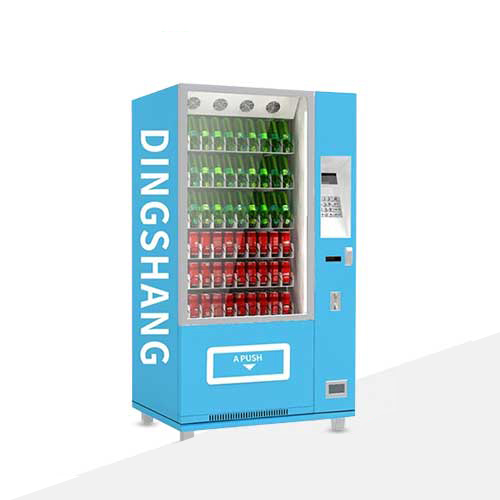
Tailored Business Experience: DingShang Customizable Vending Machine, Leading the Market Trend, Creating Extraordinary Shopping Experiences!
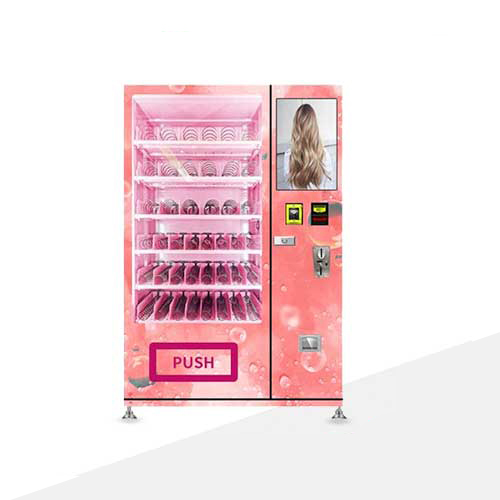
DingShang Tech Reinvented: Customizable Smart Vending Machine, Accentuating Business Unique Selling Points, Igniting Consumer Experiences!
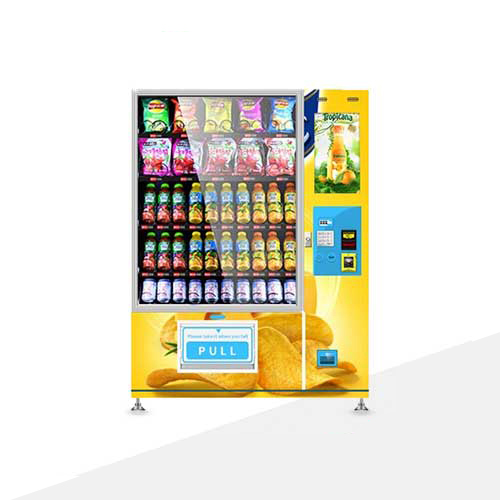
Face Recognition Shopping Sensation: DingShang Customizable Smart Vending Machine, Infusing Personalized Services, Bringing Technological Beauty to Business!
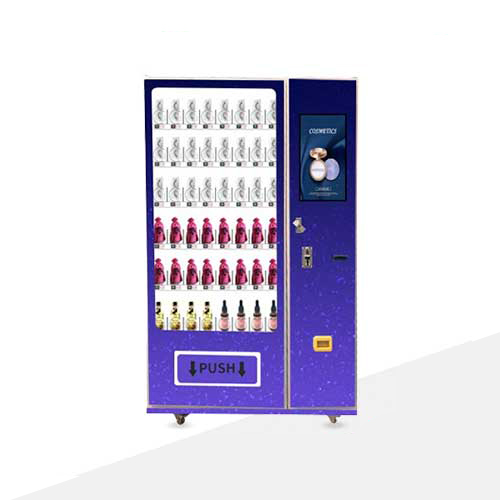
Face Recognition Payment Heights: DingShang Facial Recognition Unmanned Vending Machine, Personalized Business Efficiency, Enjoy the Charms of Technology!
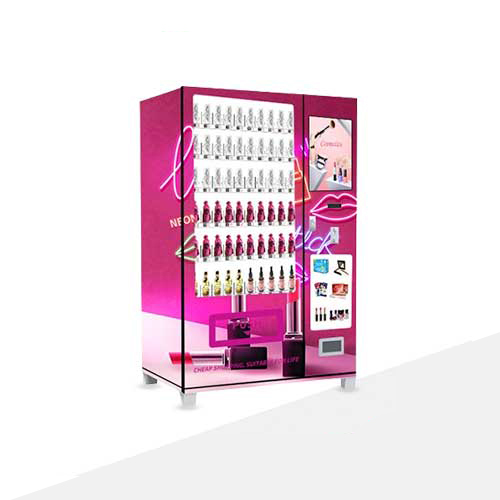
Subway Shopping New Trend: DingShang Customizable Smart Vending Machine, Highlighting Unconventional Shopping Experiences, Leading the Fashion Frontier!
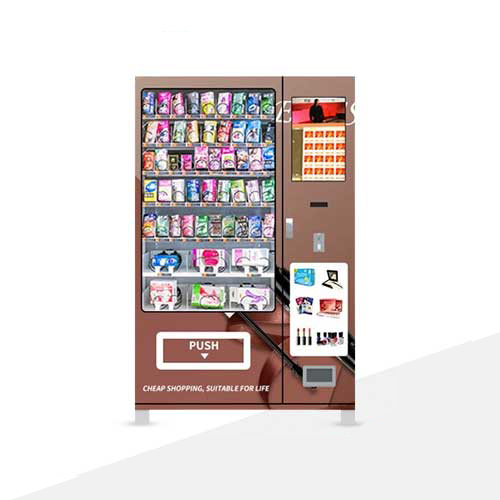
Subway New Fashion: DingShang Customizable Smart Vending Machine, Defining Fashionable Shopping, Taking You on a Journey of New Shopping Trends!
